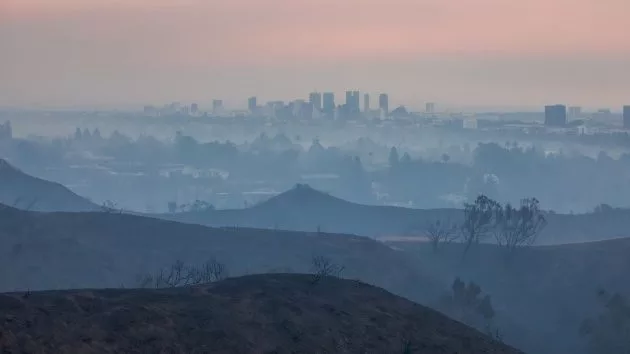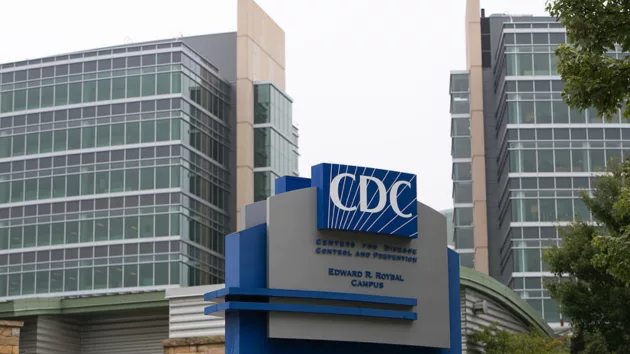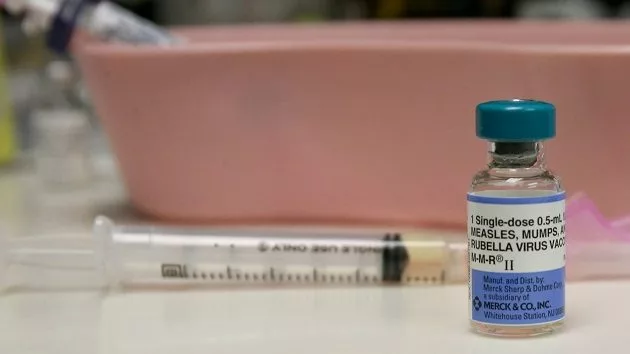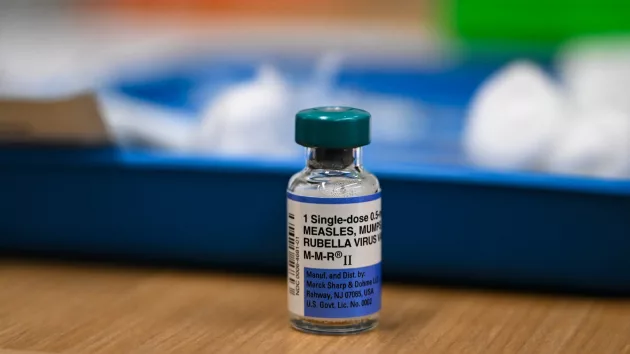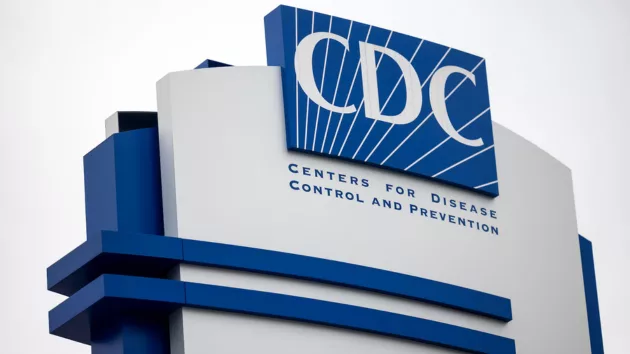(LOS ANGELES) — The percentage of emergency department (ED) visits related to fire and smoke inhalation rose dramatically in the days immediately after the Los Angeles wildfires last month, new data published Thursday shows.
The wildfires broke out in the Pacific Palisades and in Eaton Canyon on Jan. 7. Although several destructive wildfires emerged, the Palisades Fire and the Eaton Fire caused the most damage.
Fueled by strong winds and dry weather, the fires burned more than 57,000 acres, destroyed about 16,000 structures, and killed at least 29 people, according to the California Department of Forestry and Fire Protection.
A team from the Los Angeles County Department of Public Health and the Centers for Disease Control and Prevention reviewed data from the county’s Syndromic Surveillance program, which receives and analyzes real-time data from most county EDs.
By collecting this data, the program can detect early warning signals of a potential public health threat that requires a response and alert health care professionals, according to the department of health.
ED visits, referred to in the report as “encounters,” were classified as being wildfire-associated if fire or smoke inhalation–related terms were listed in the chief complaints or the diagnoses sections.
The team looked at three periods: a three-week period before the wildfires began, the first six days of the wildfires and the week after the wildfires began.
Data showed the average percentage of ED visits associated with the wildfires increased eightfold from 0.06% to 0.52% in the six days after the wildfires. The peak was seen on Jan. 8, with 1.01% of all ED visits related to the wildfires.
During the week after the wildfires began, ED visits decreased but still remained elevated at 0.2% compared to baseline.
The average percentage of ED visits was found to be linked to an increase in the average daily Air Quality Index (AQI), which is put out by the Environmental Protection Agency.
Average daily AQI rose from 75, which is classified as “moderate level of concern” to an average of 110, classified as “unhealthy for sensitive groups,” in the six days after the wildfires began. In the week following the outbreak of the fires, average daily AQI returned to “moderate” at 58.
The report found a small increase in the average percentage of burn-related injuries and eye-related injuries but there were no increases seen in the percentage of visits related to asthma or cardiovascular reasons.
In contrast, the report found that immediately after the wildfires began, all-cause ED encounters — meaning visits to the department for any reason — decreased by 9%.
The authors stated that the decrease could for multiple reasons, with some including school closures, business closures, displacements, challenges accessing health care, residents seeking care in clinics or urgent care centers, or residents visiting EDs in neighboring counties.
“Near real-time surveillance of health outcomes during and after wildfires can estimate effects on health care use, serve as an early warning for acute health impacts, and identify opportunities for intervention,” the authors wrote. “Further analyses are planned to identify which illnesses have most affected specific populations.”
Copyright © 2025, ABC Audio. All rights reserved.


